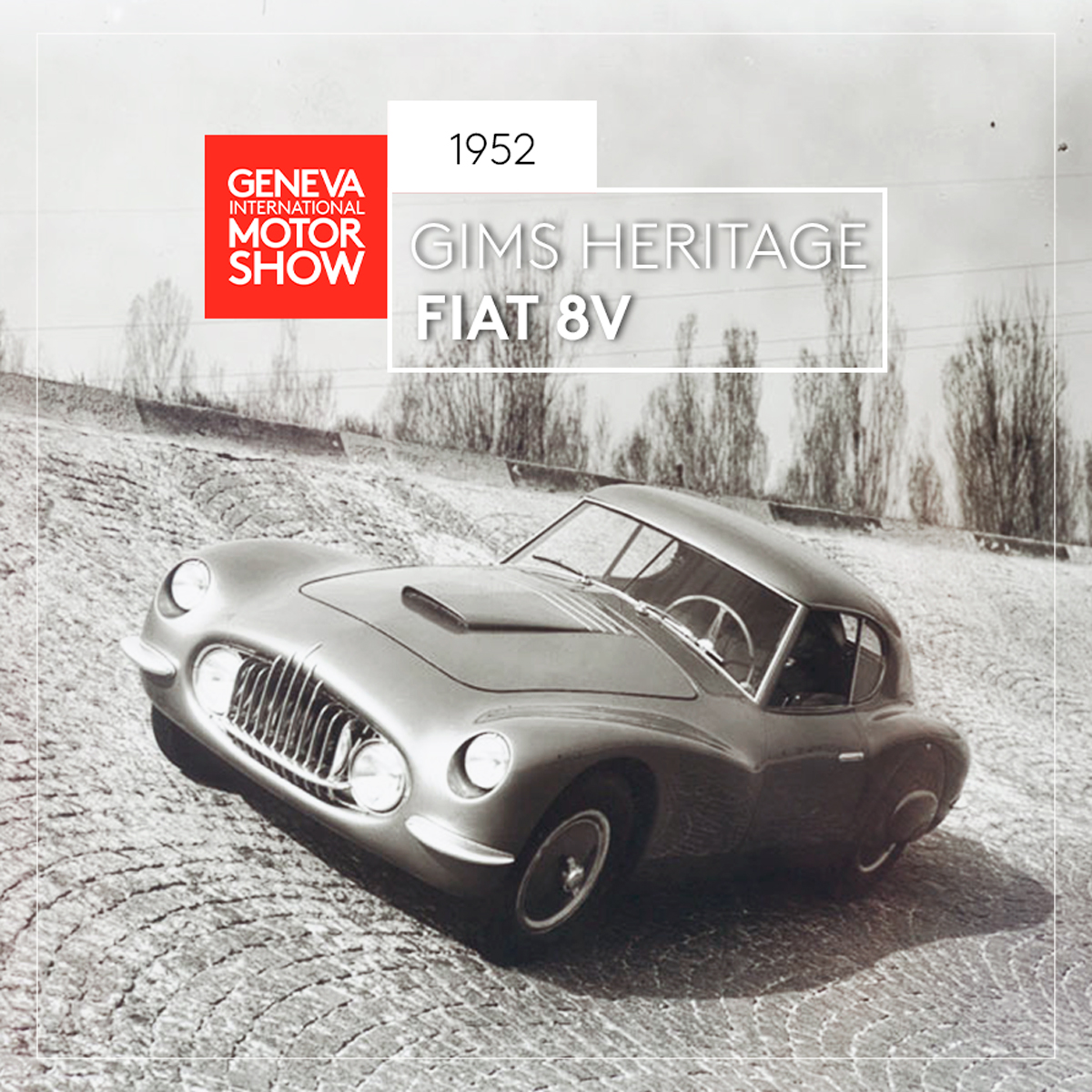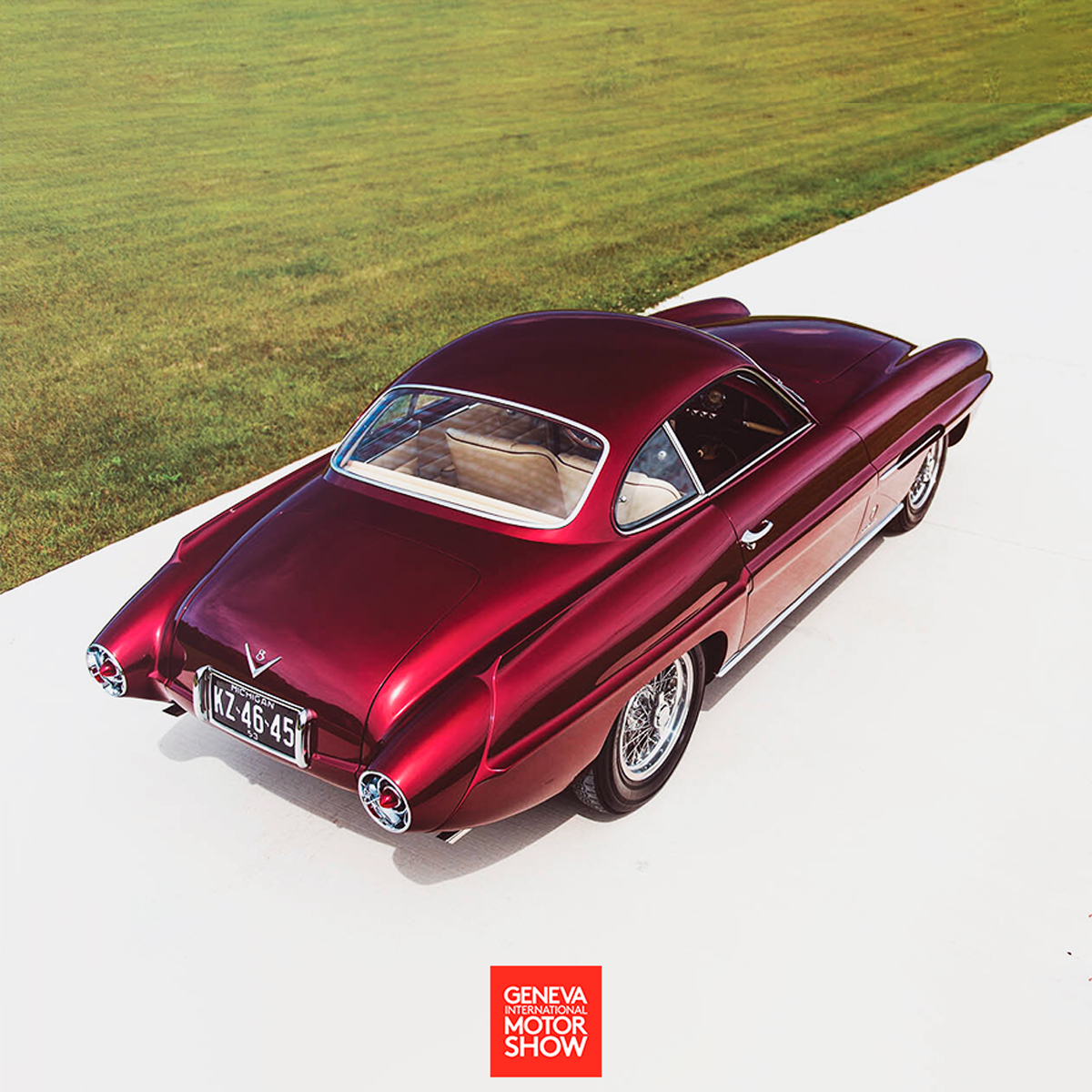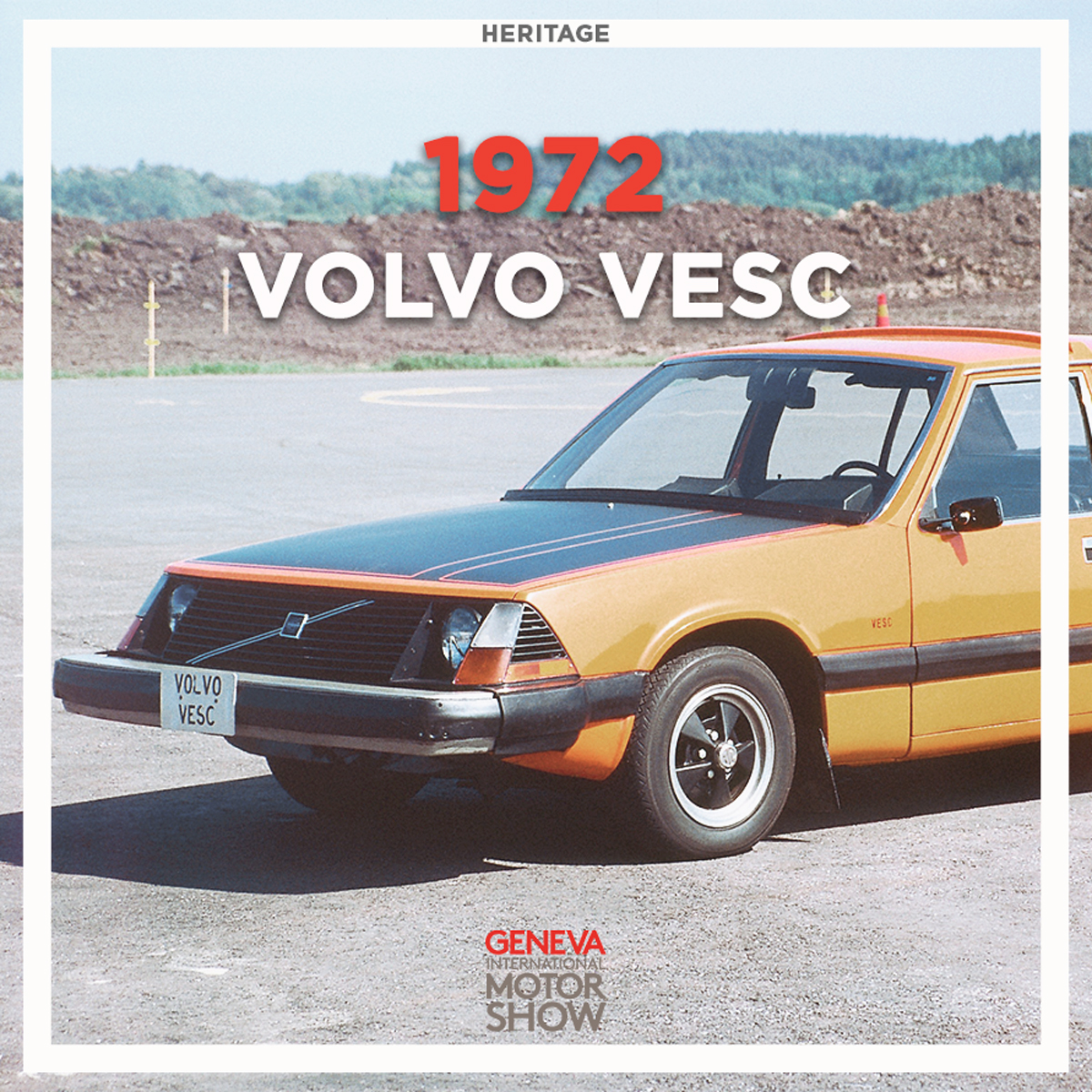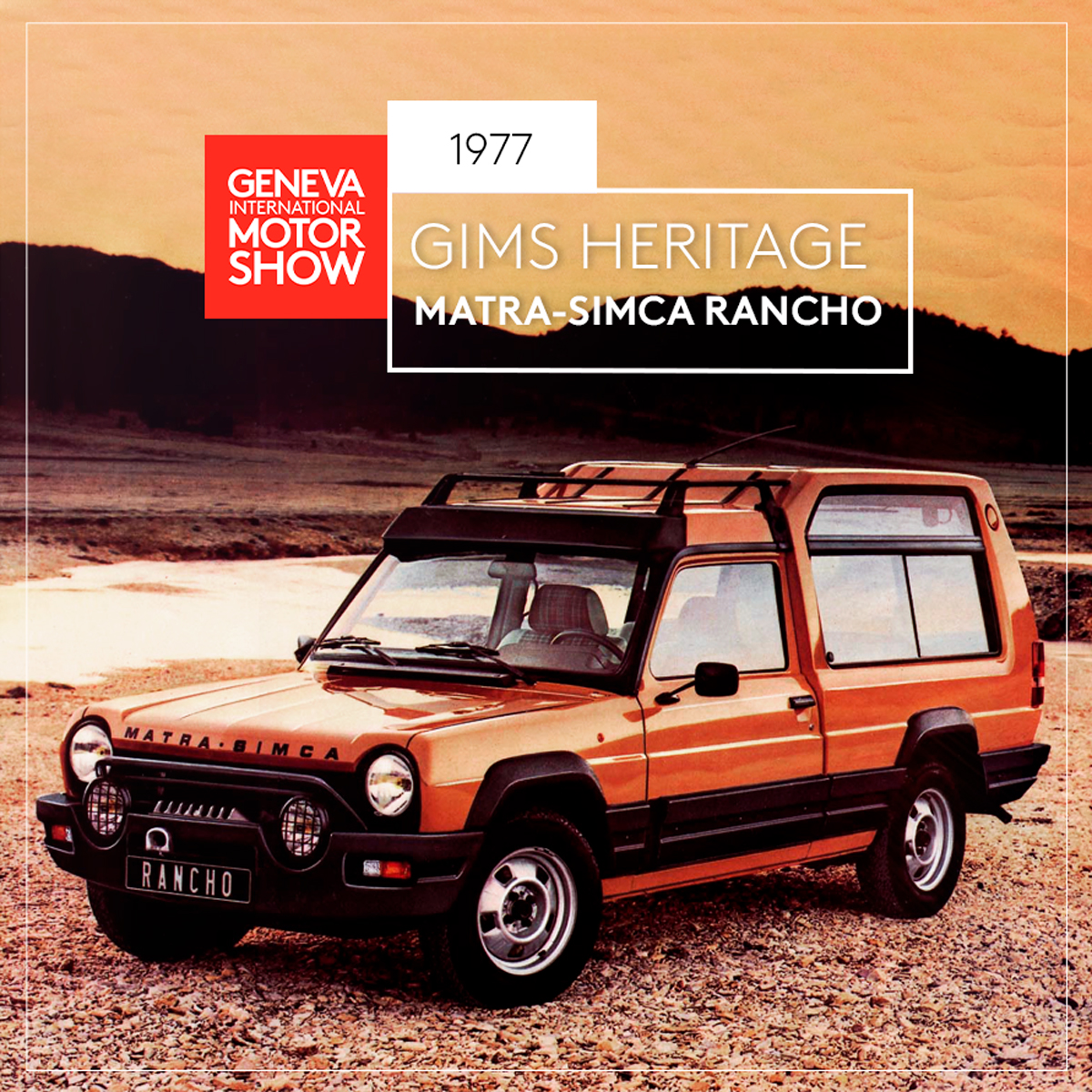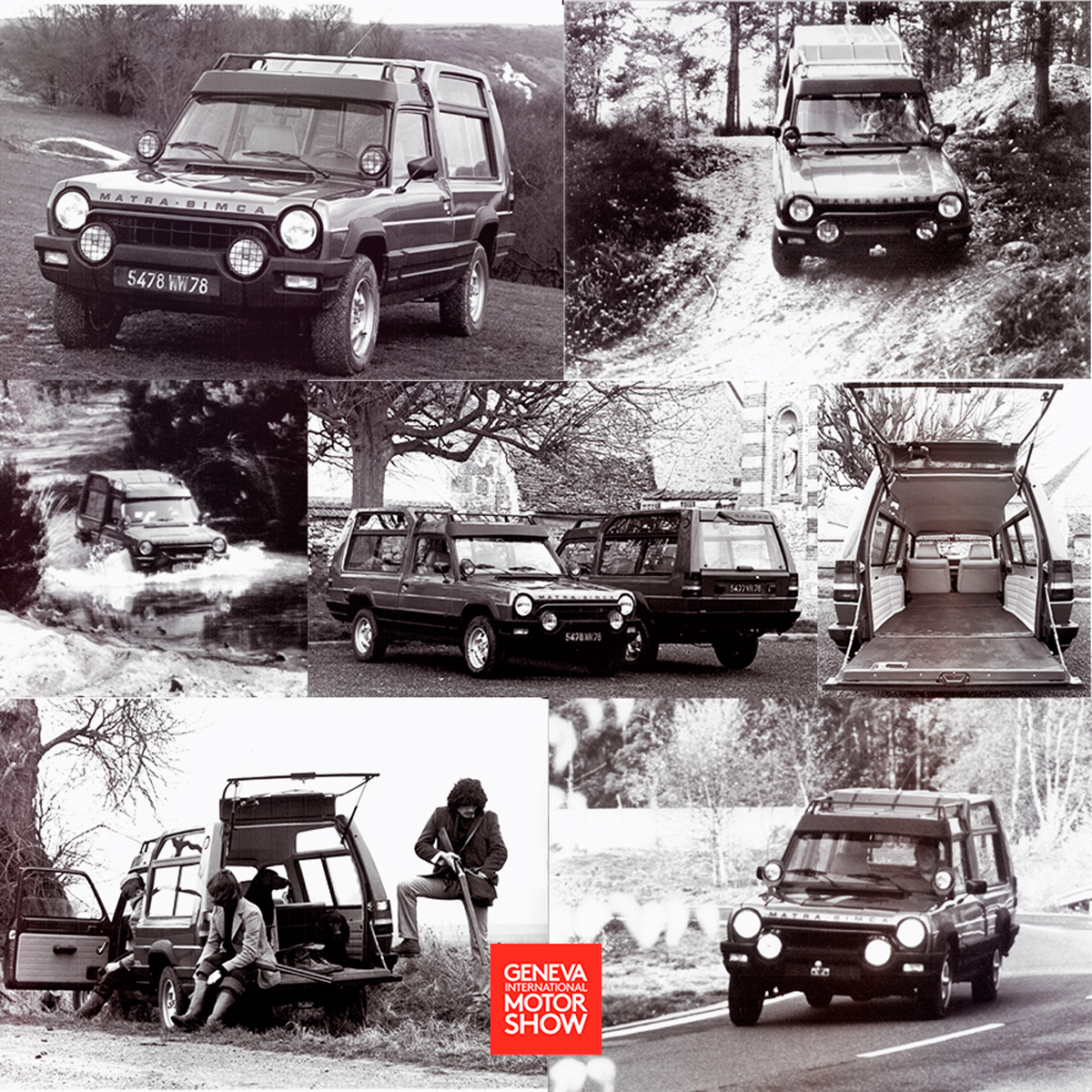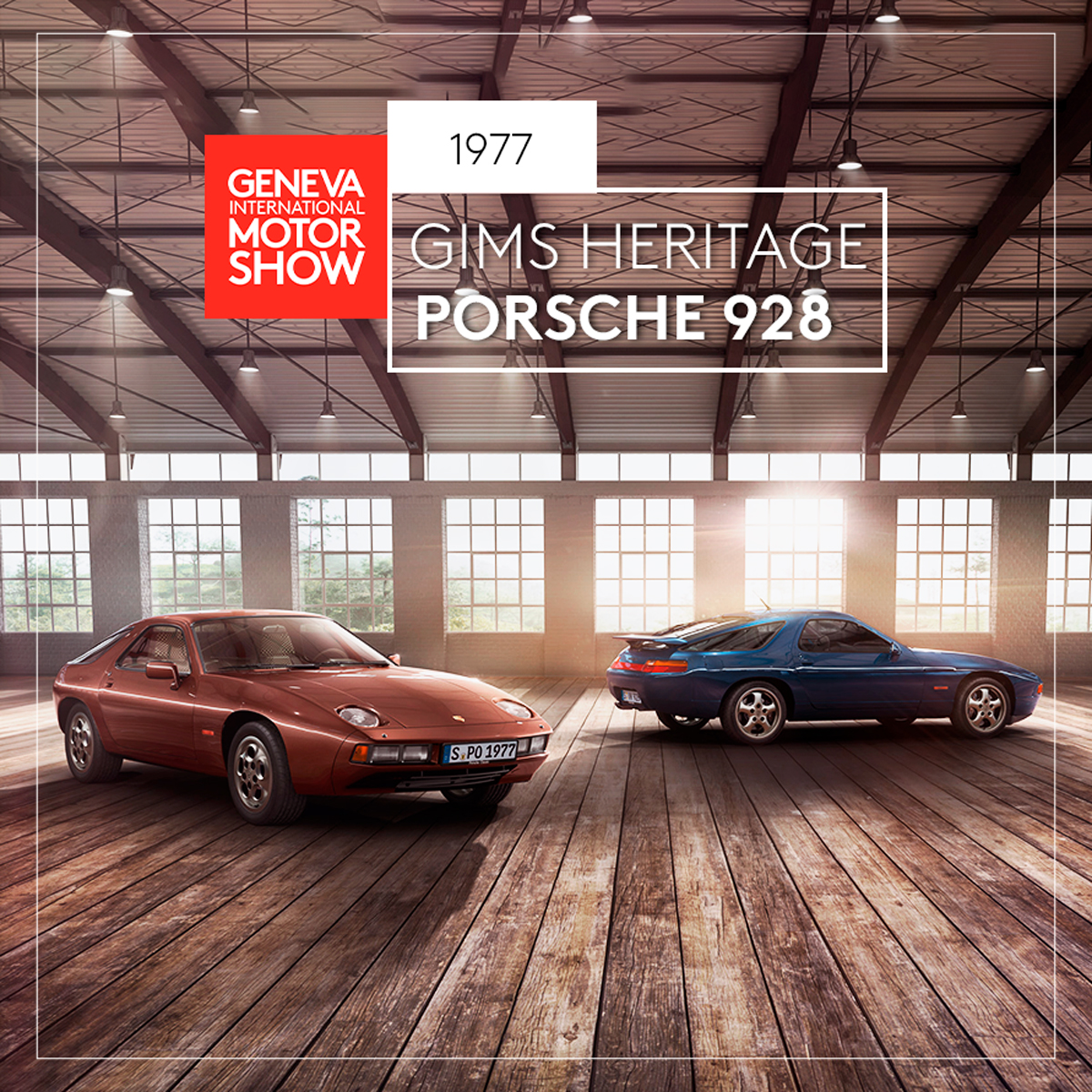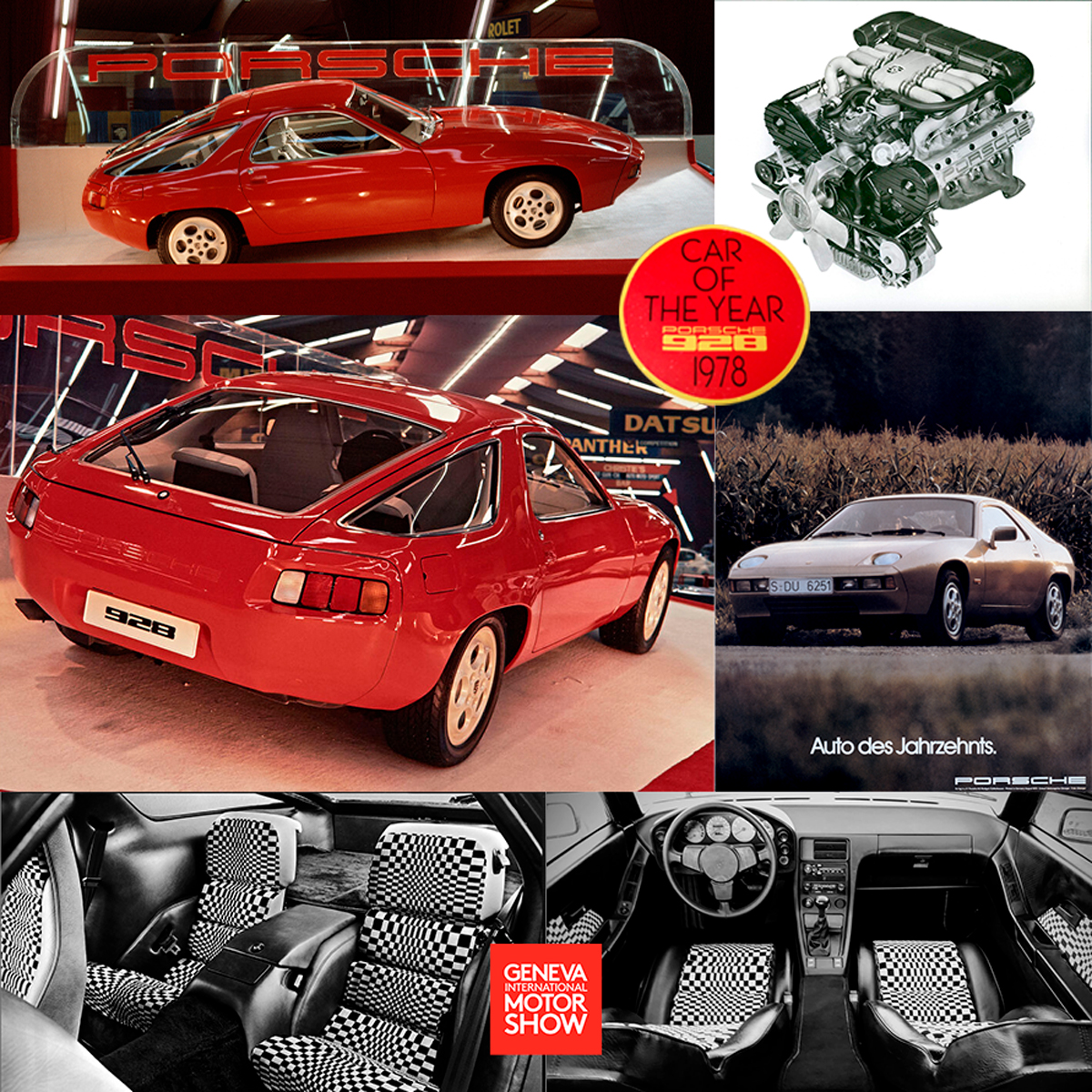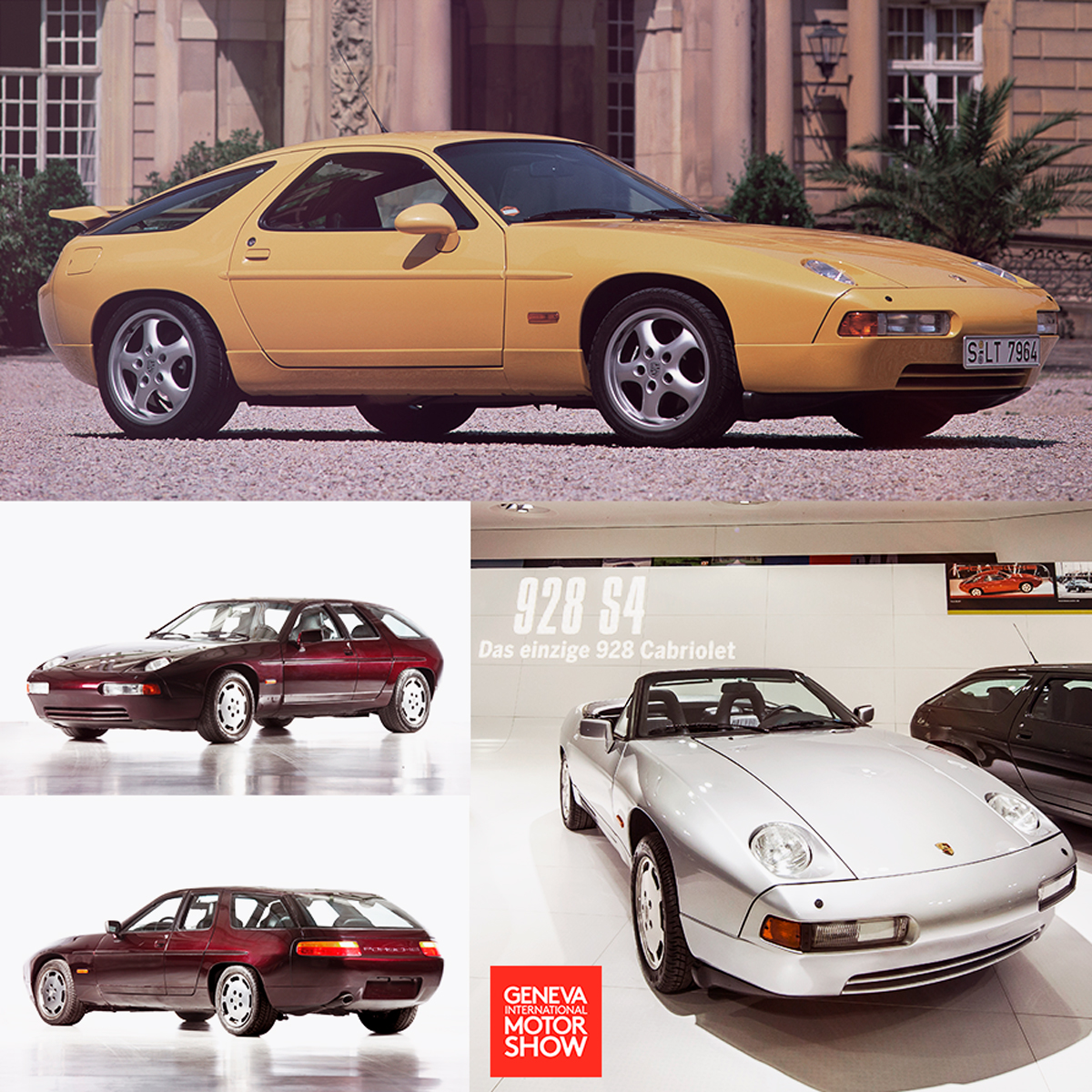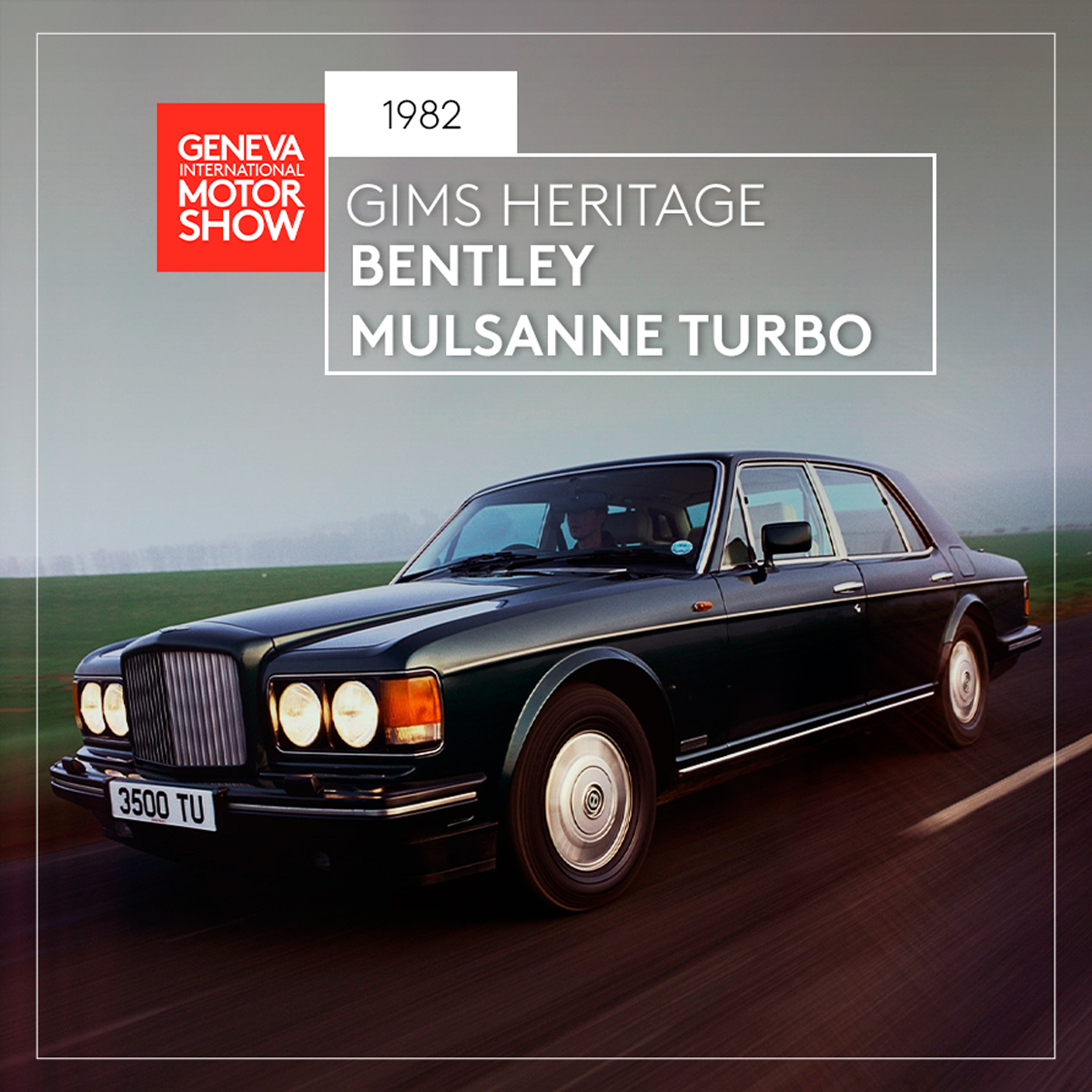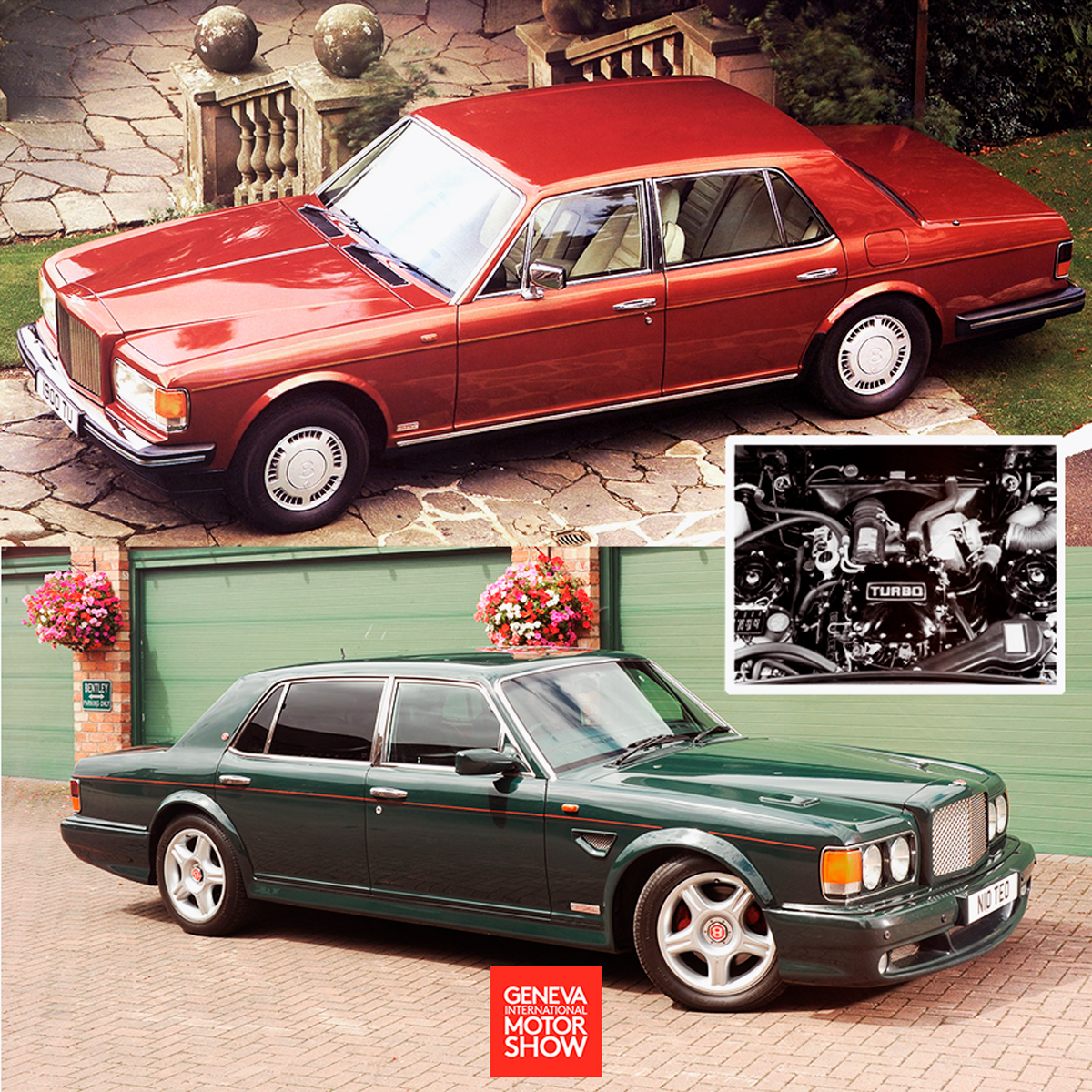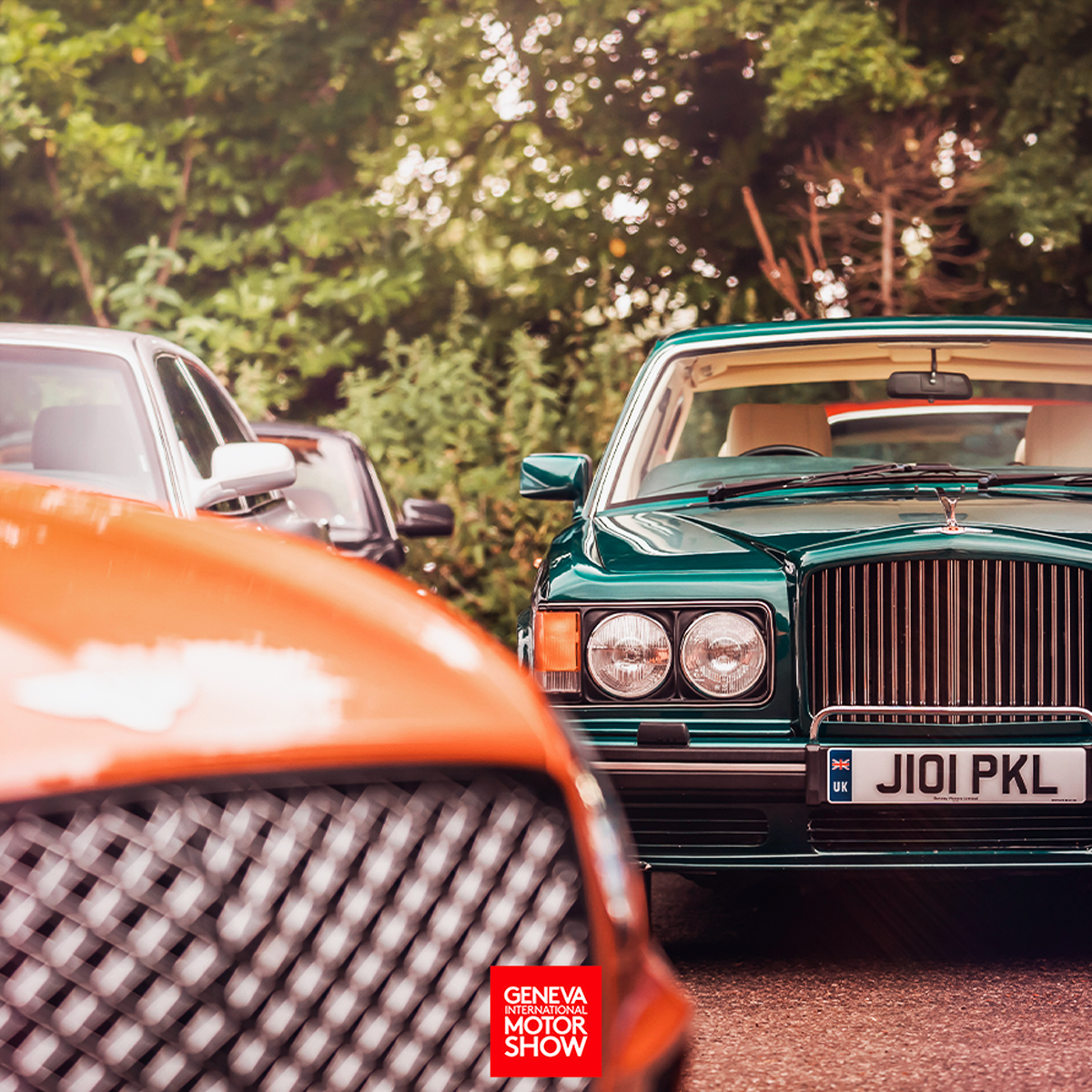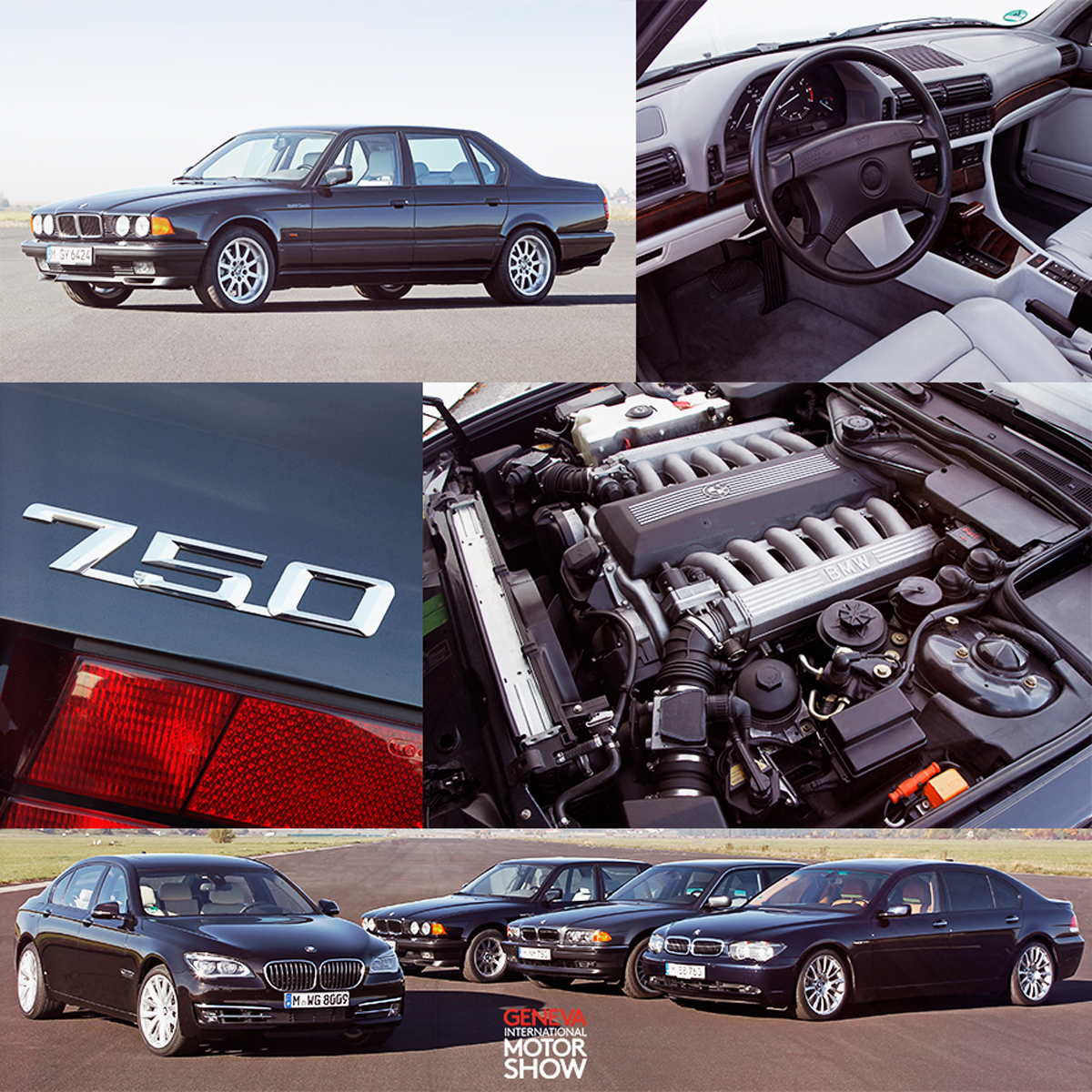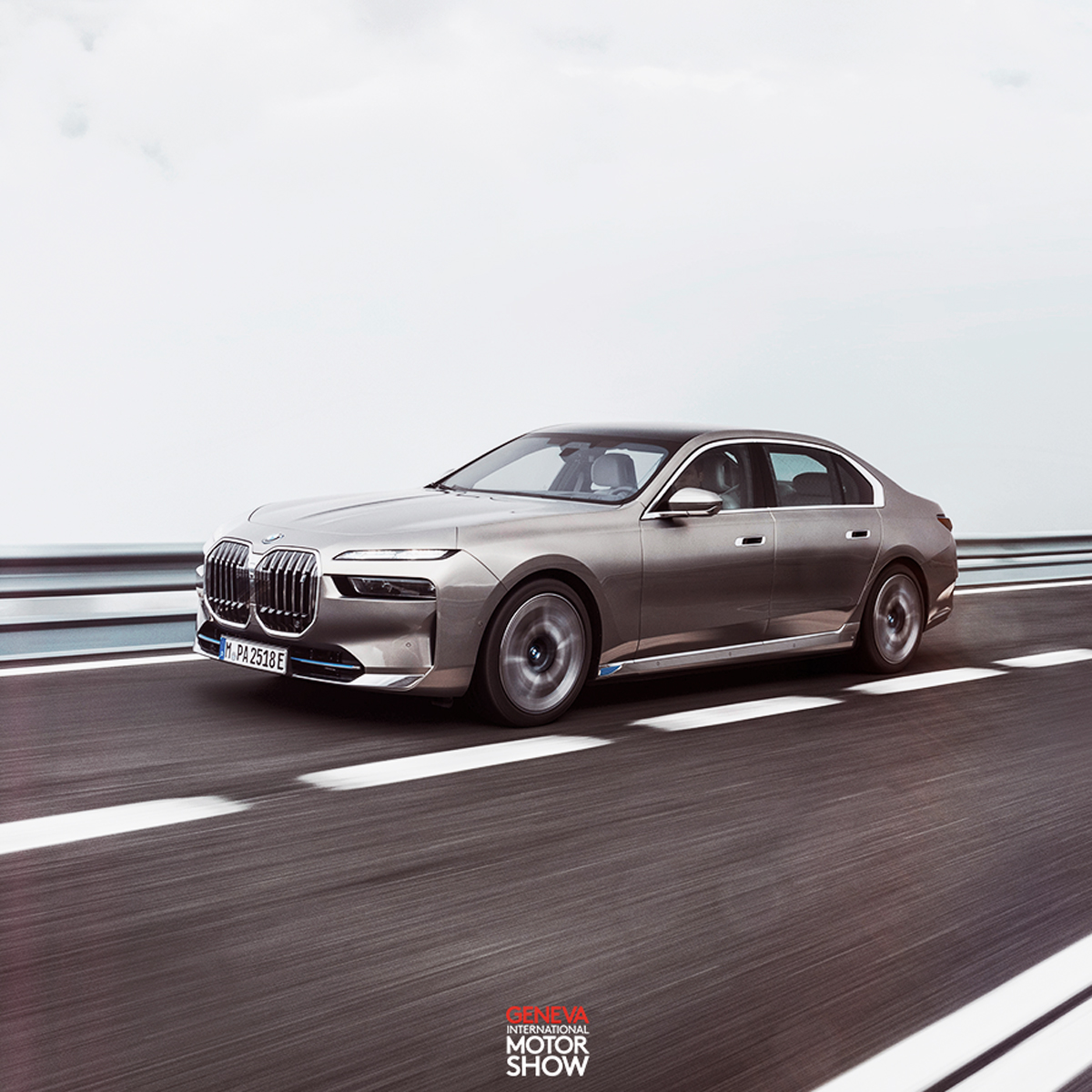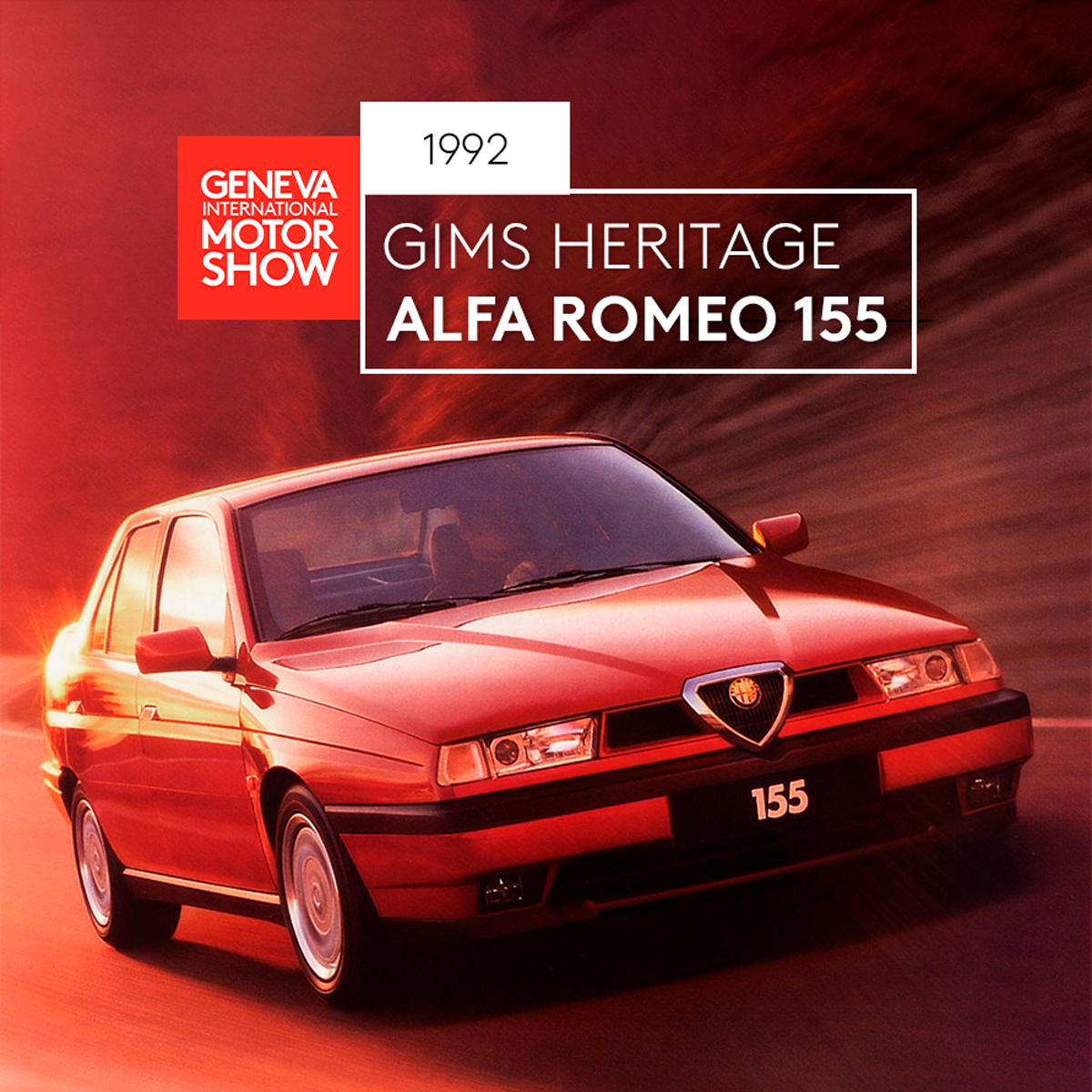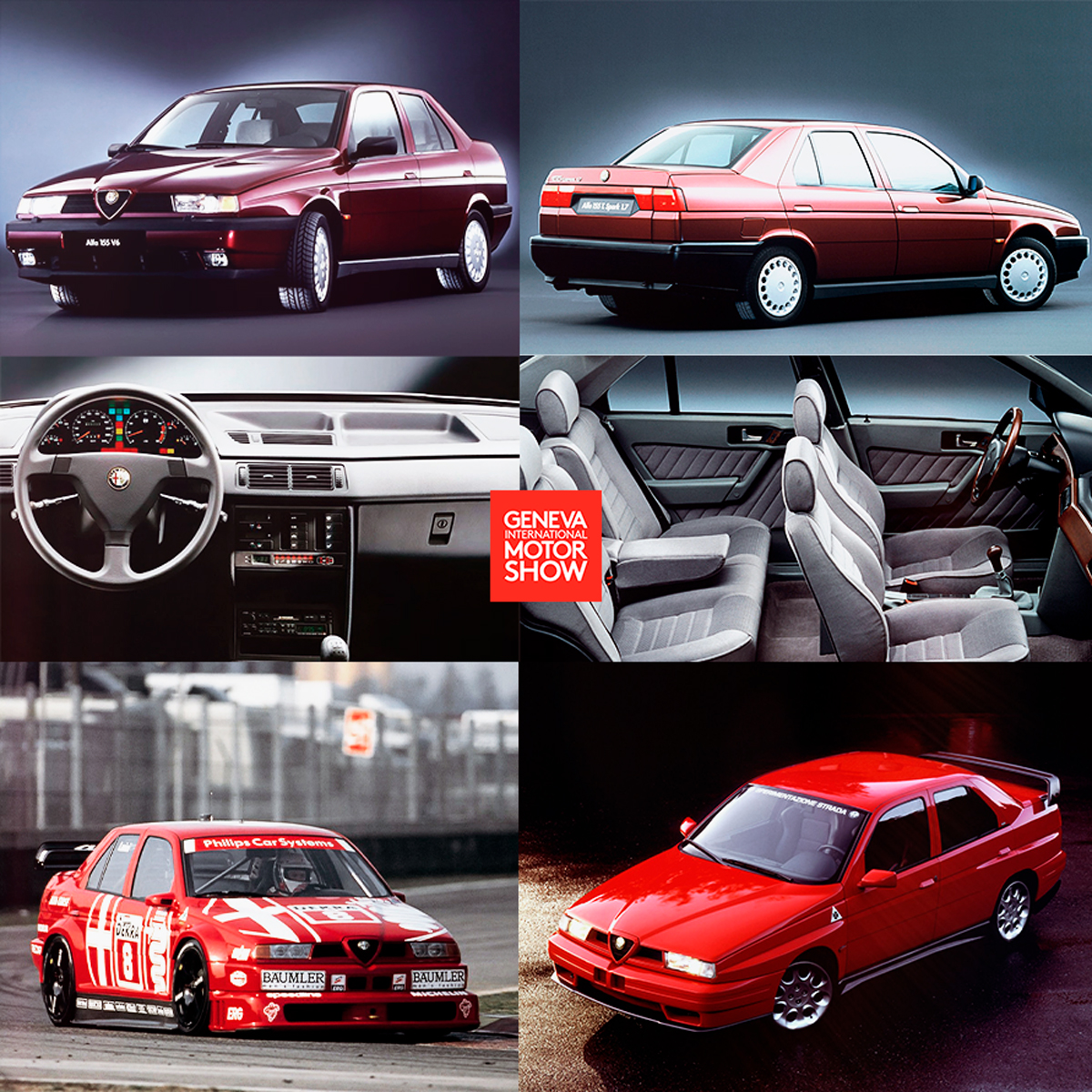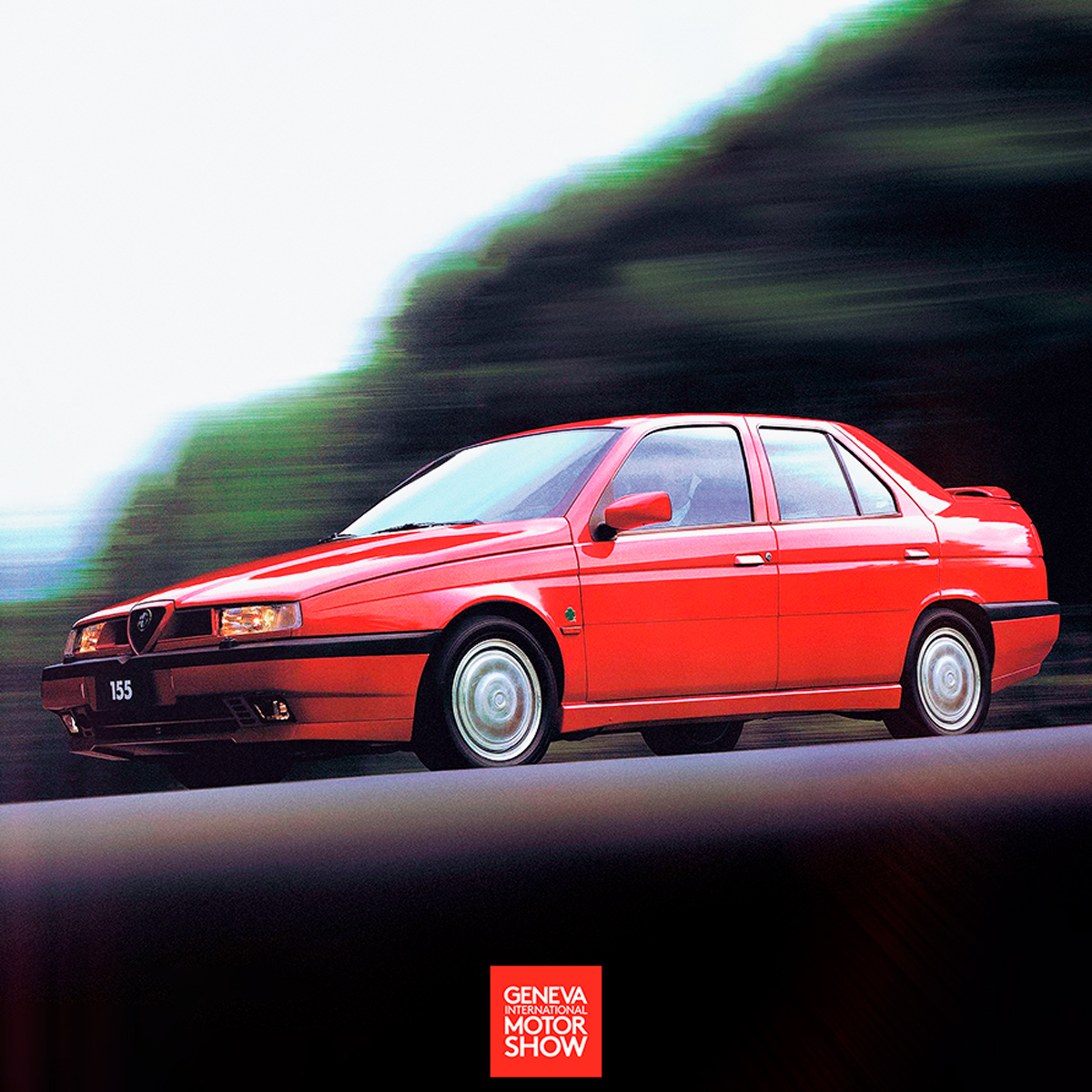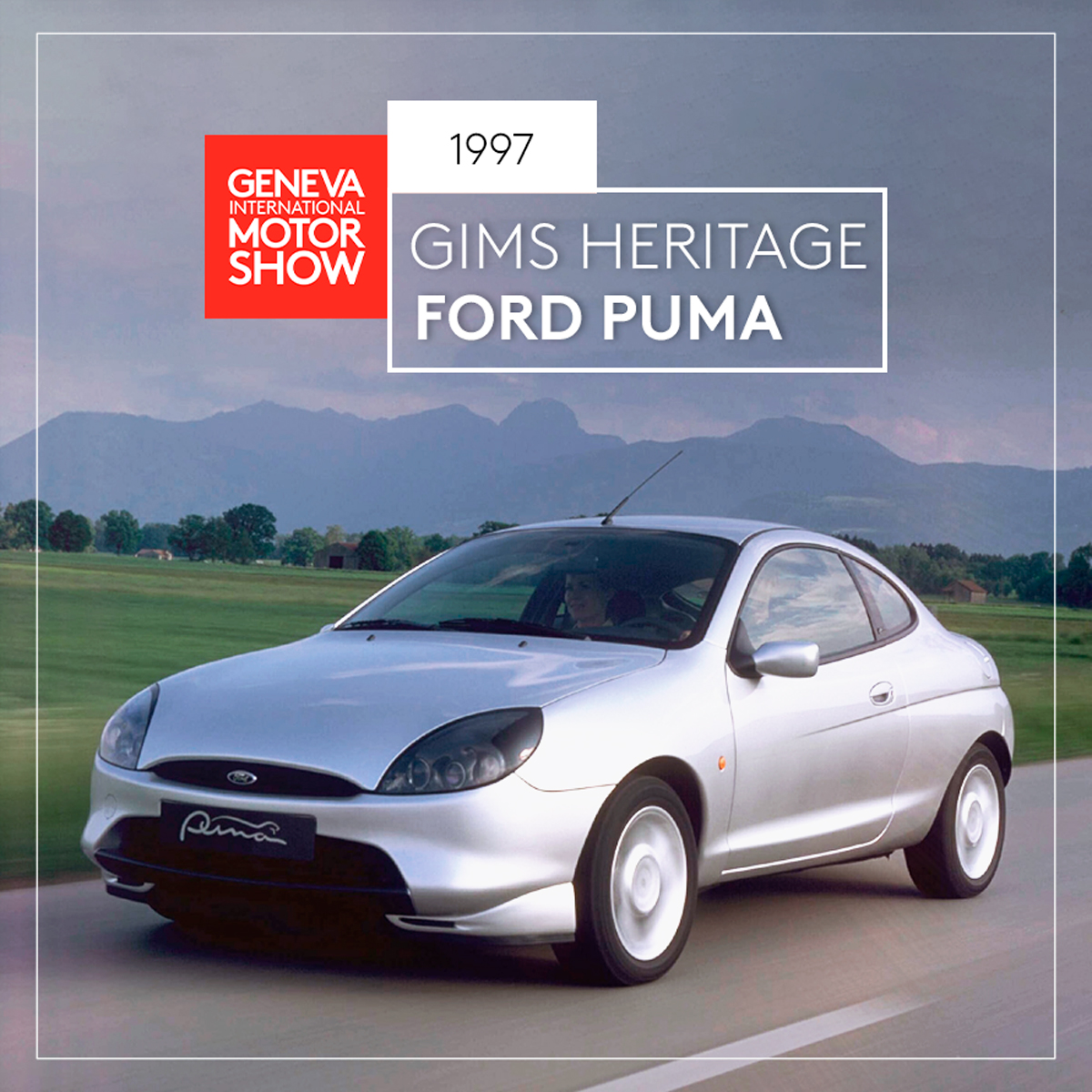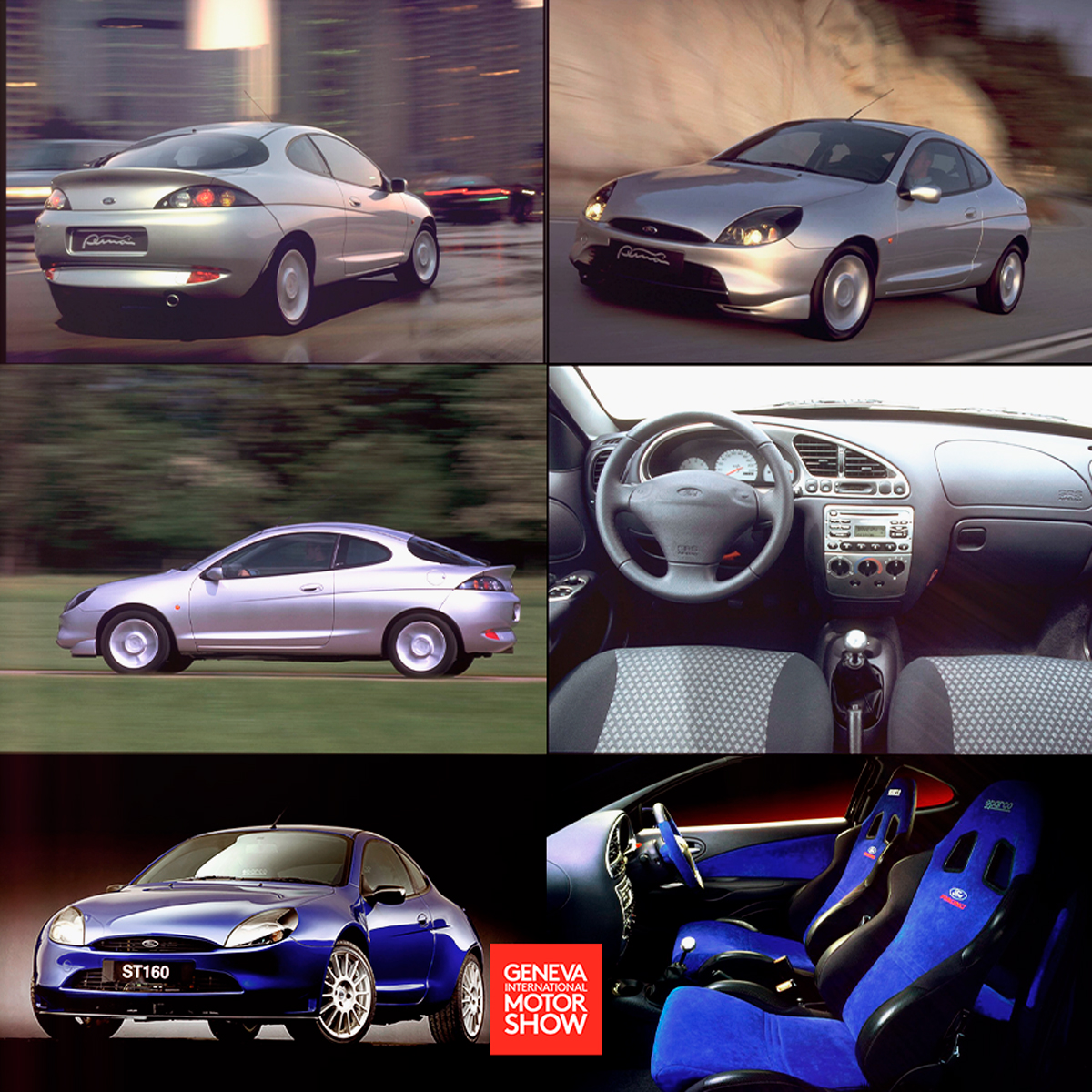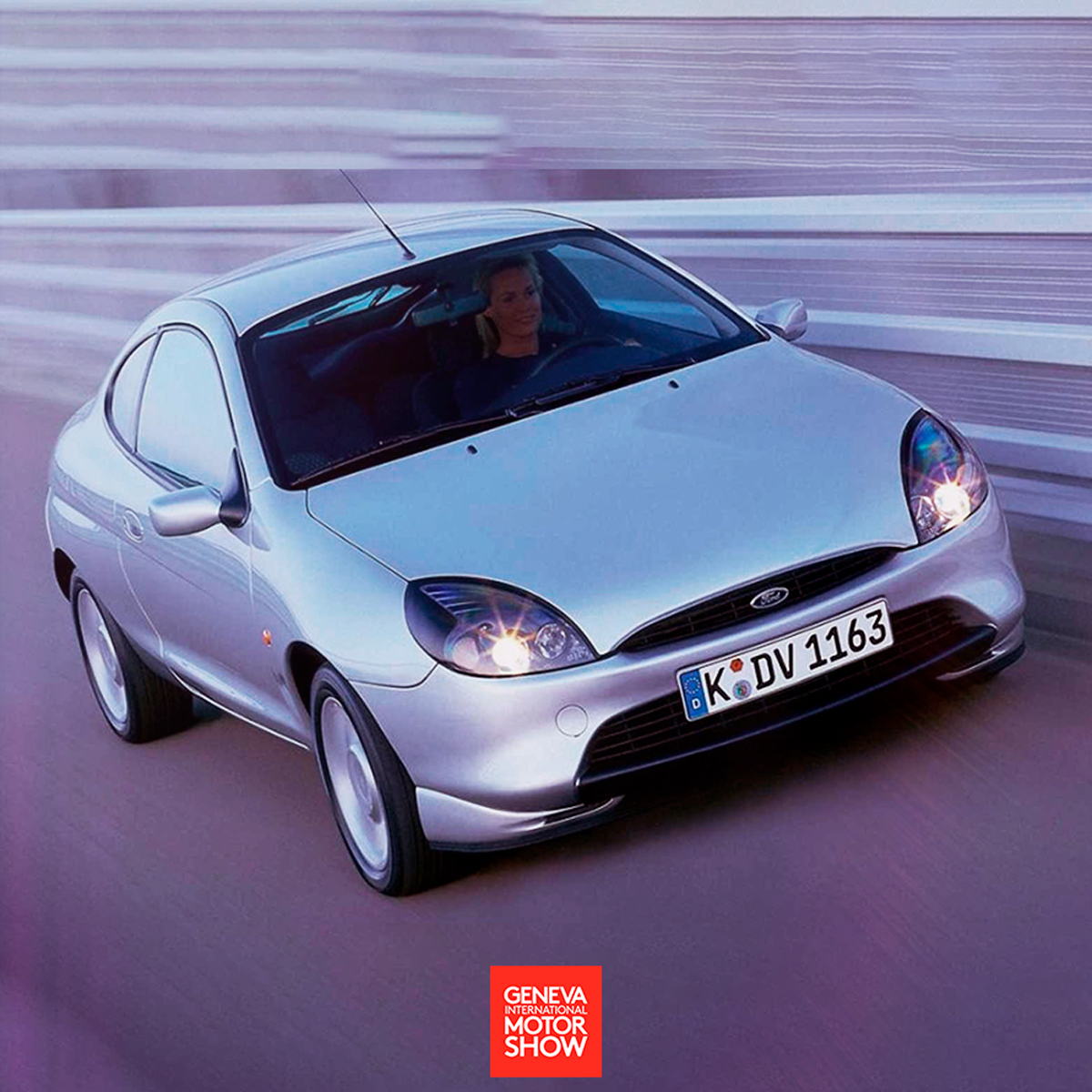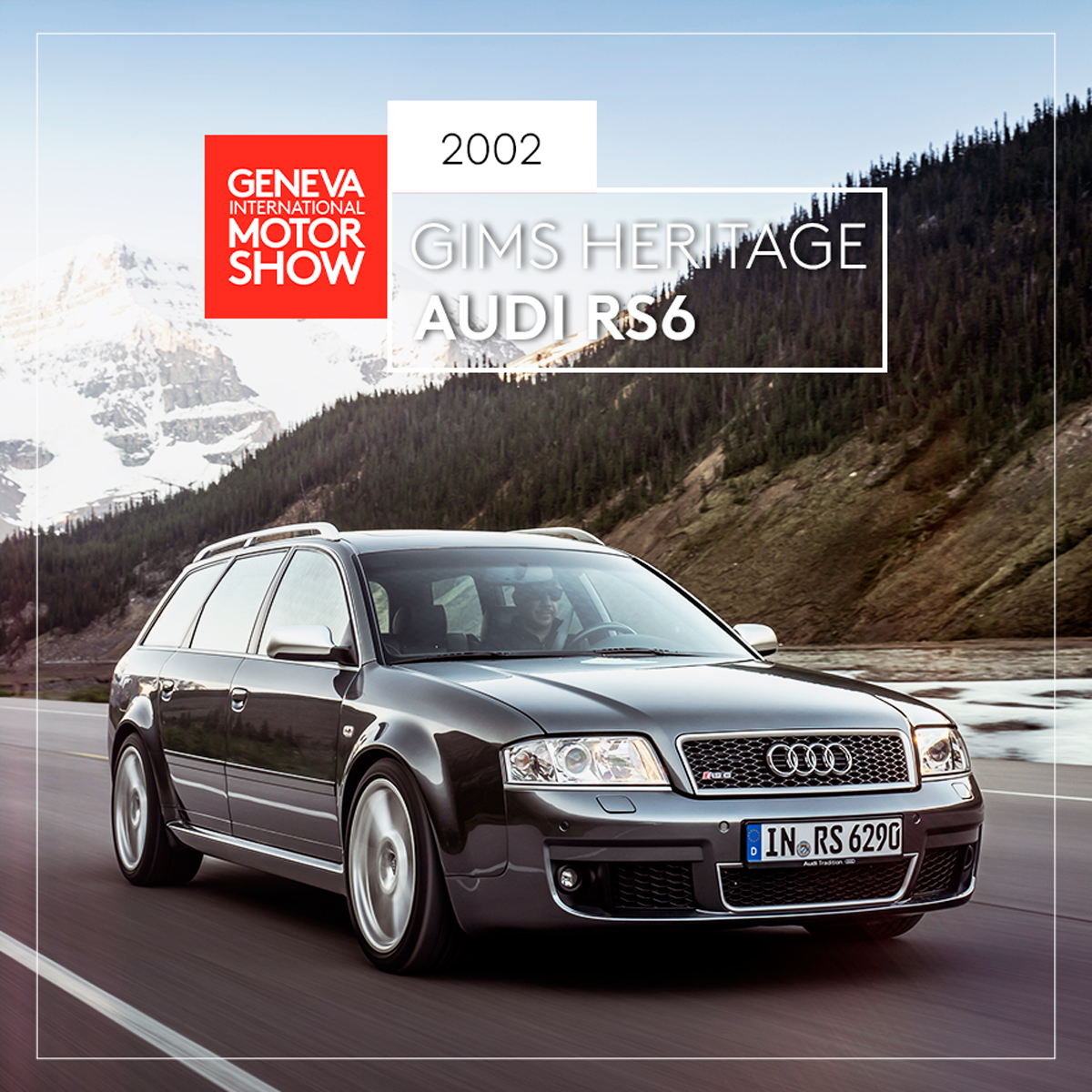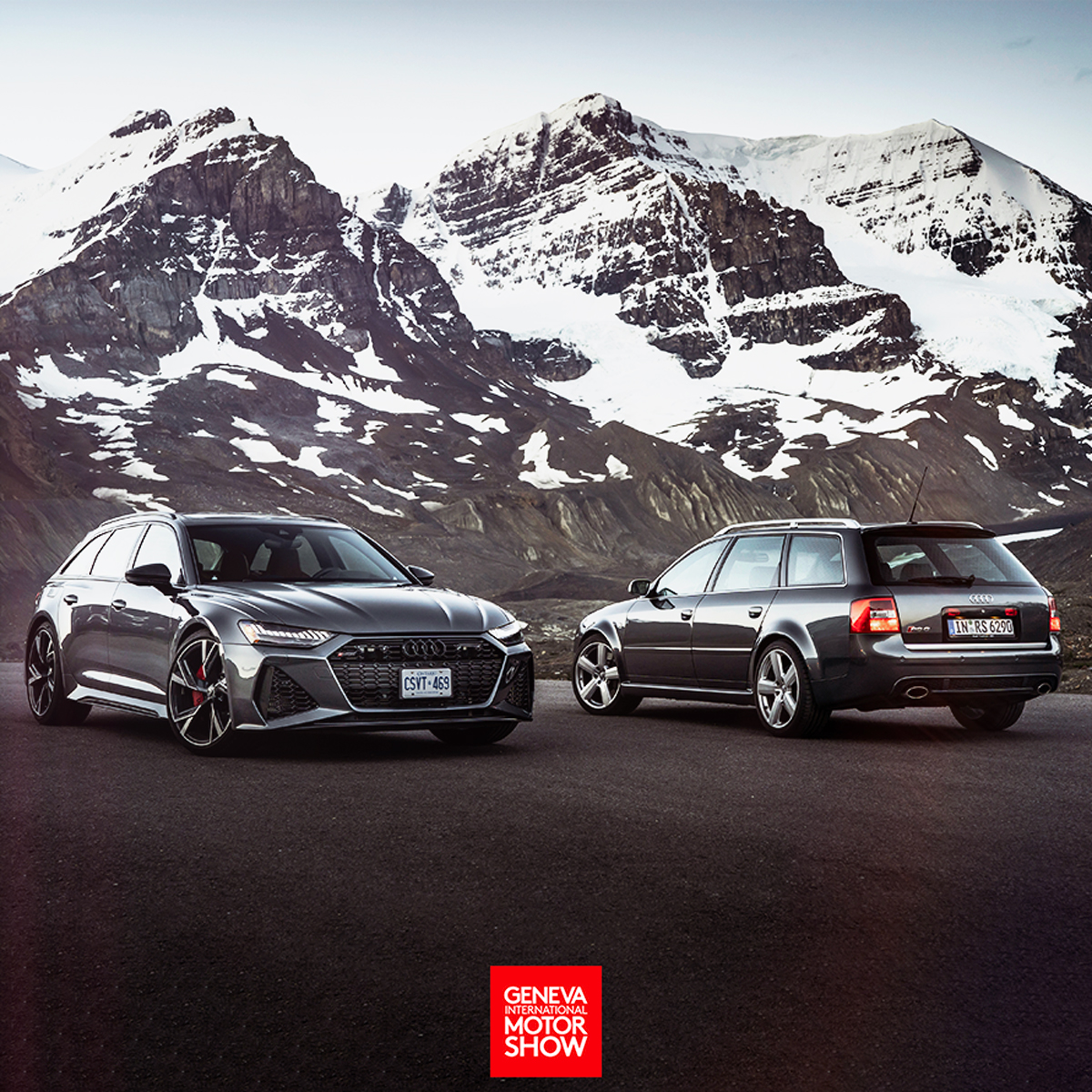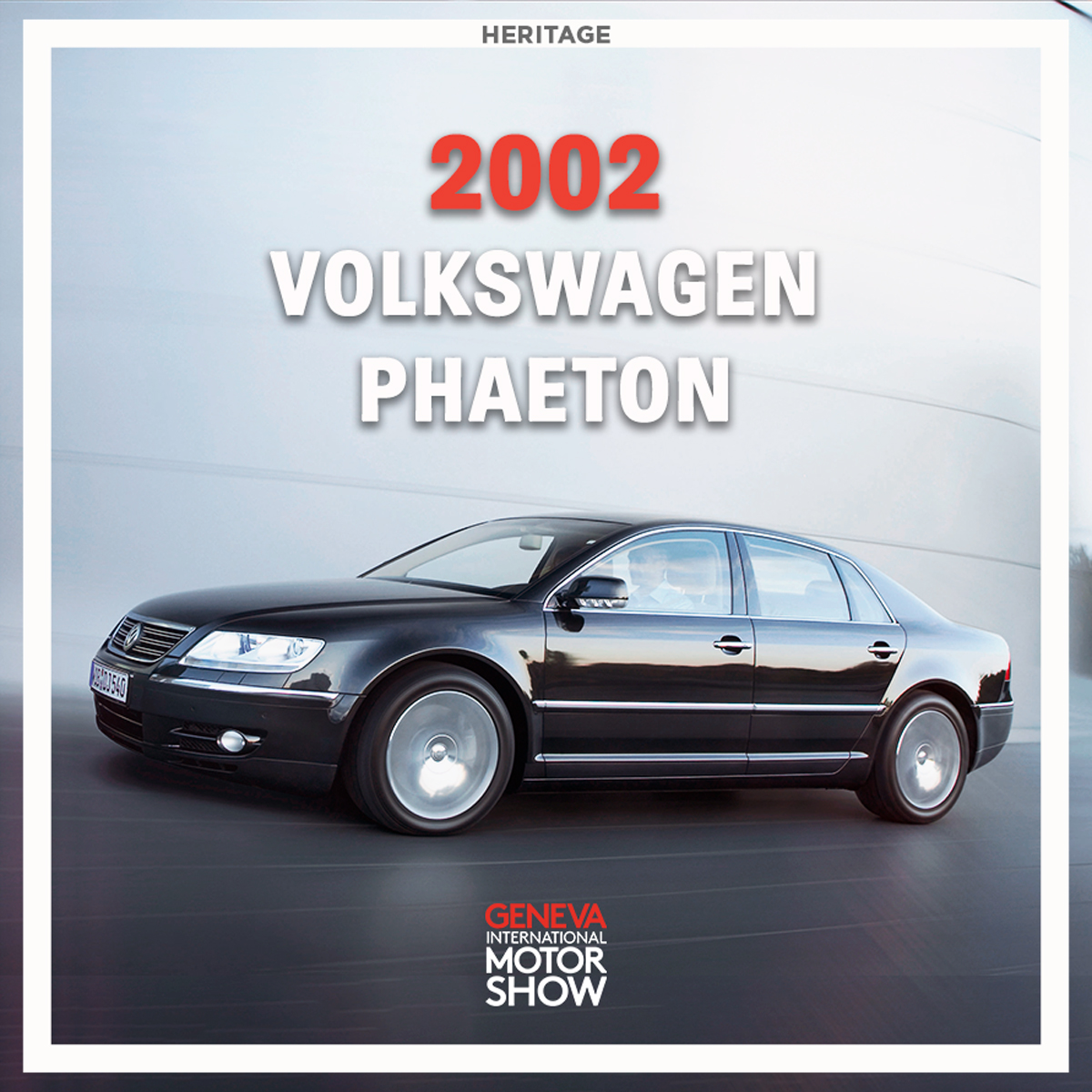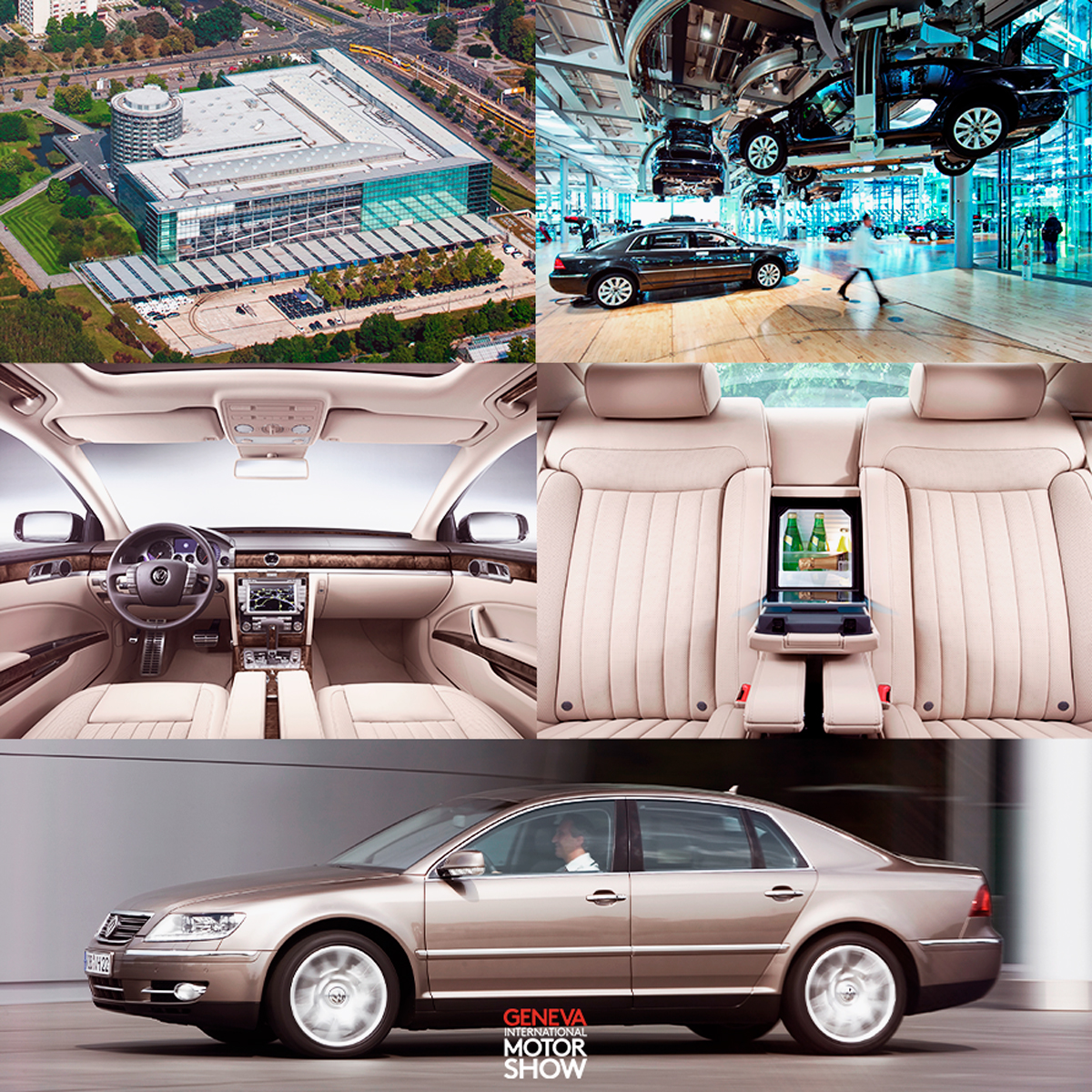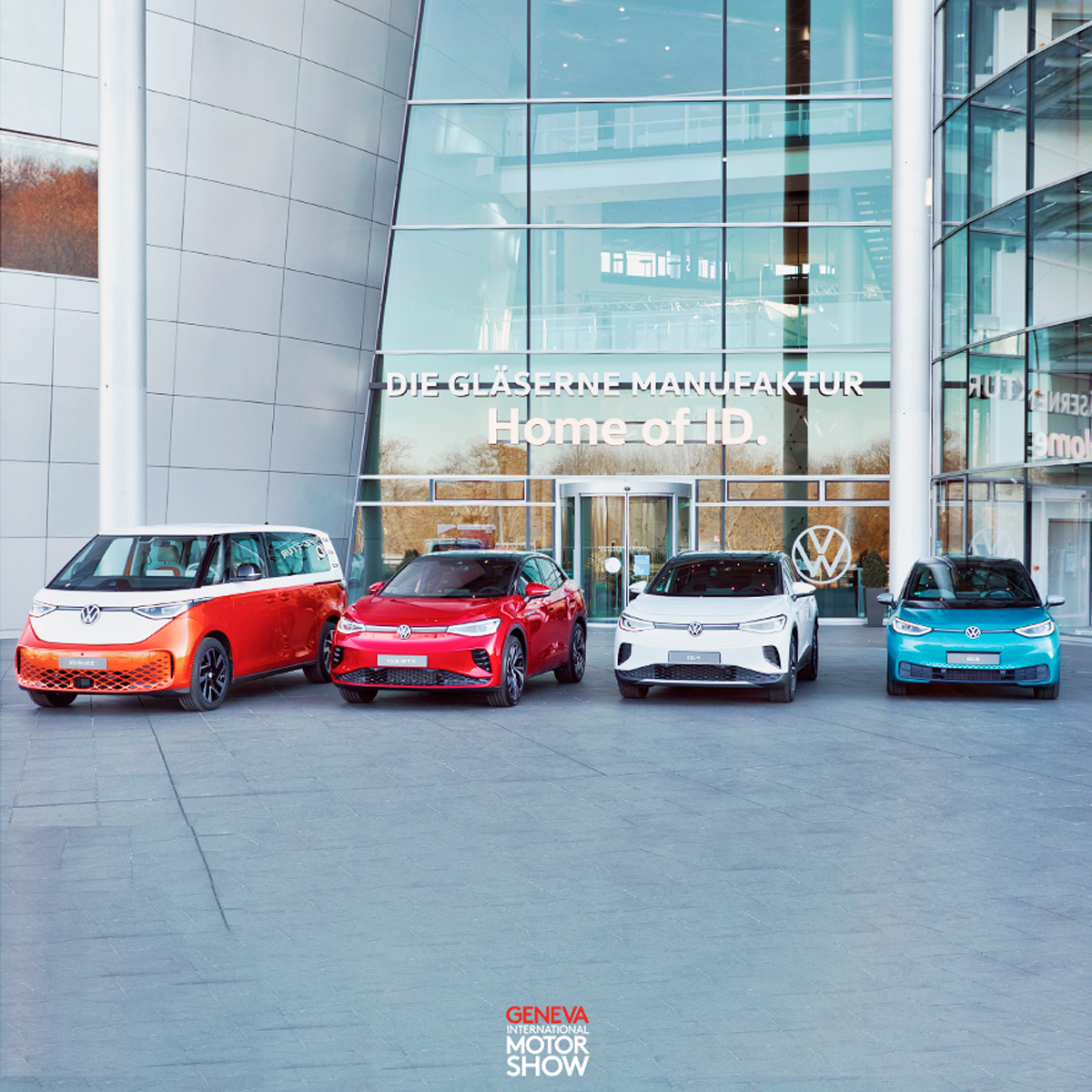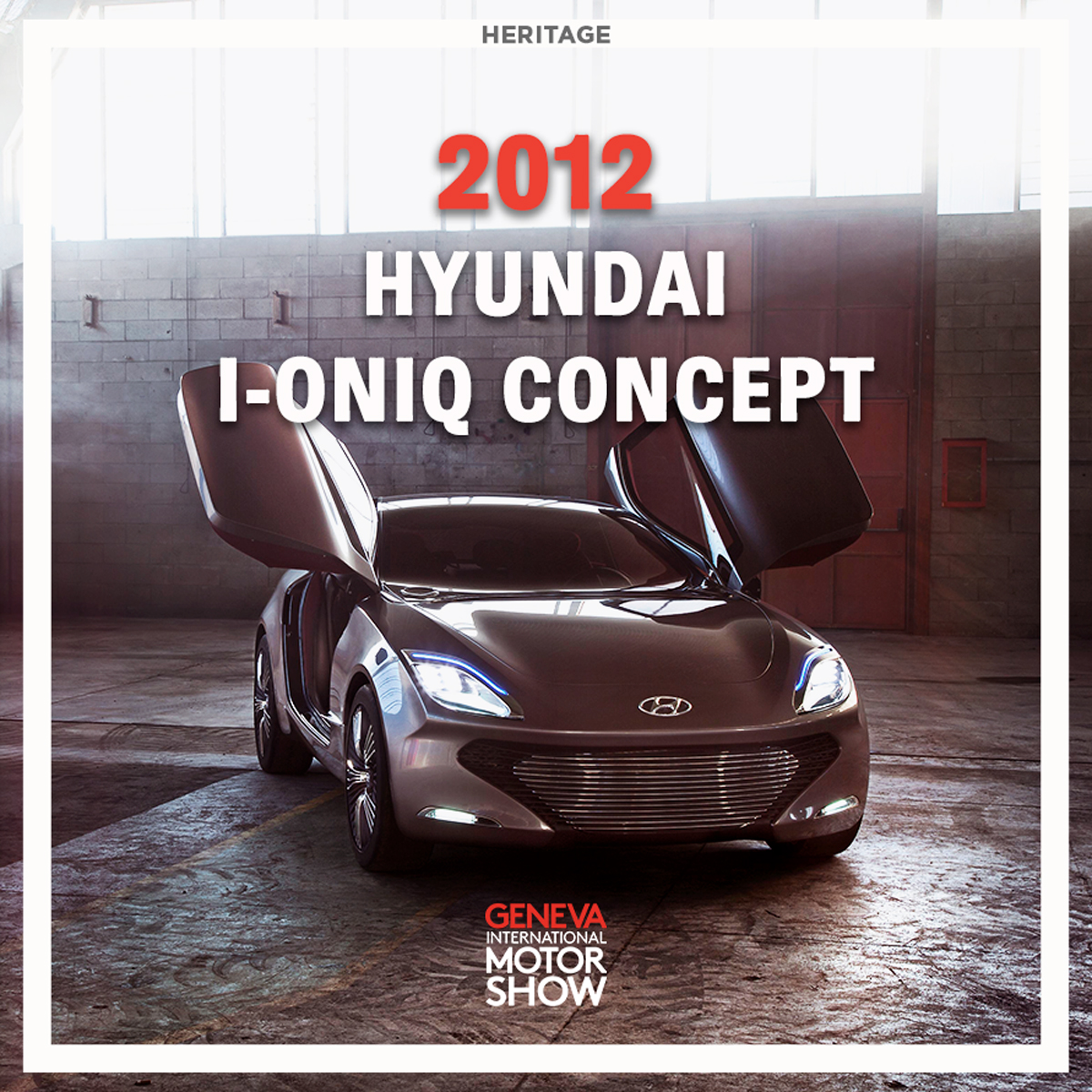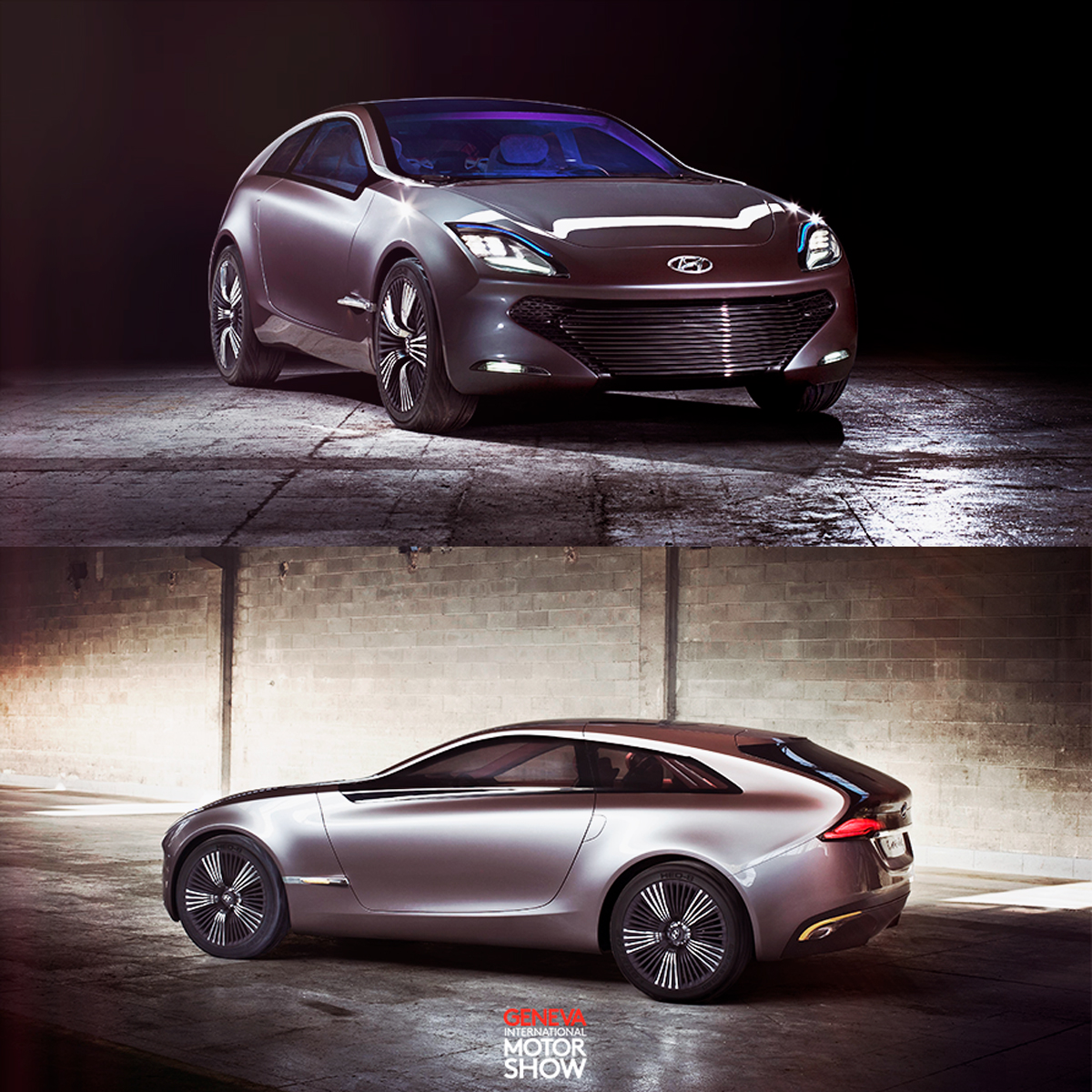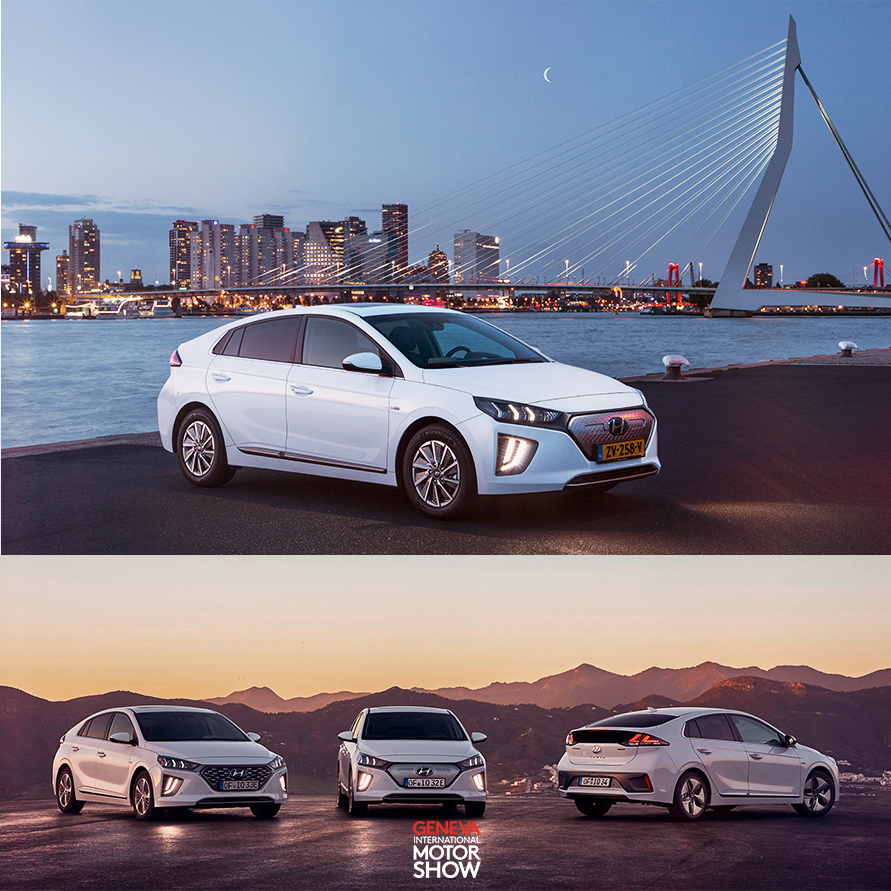At the GIMS 1952, Fiat presented the Fiat 8V. At the end of the WW2, Fiat had many projects, including the creation of an American-style V8 saloon for the US market. Dante Giacosa, the famous in-house engineer, although not very favourable to the project, began the development of an innovative 70° V8 engine. But struggling to meet the high demand for cars in the domestic market, Fiat abandoned the US saloon project a few months later.
In 1950, Fiat decided to produce a berlinetta to revive the brand's sporting image. Giacosa, overwhelmed by the tasks on large production vehicules, entrusted the project to the Siata company, which was specialised in the preparation of high performance Fiat models and used the V8 engine developed a few years earlier as a starting point.
Thus was born the Fiat 8V (pronounced Otto-Vu in Italian), an elegant sports coupé powered by a 2-litre V8 with 115 PS and capable of reaching 204 km/h. The 8V was the first Fiat with independent wheel suspension.
From 1952 to 1954, only 114 Fiat 8Vs were built. Fiat produced 34 unit on demand on a dedicated production line. In 1954, Fiat presented its 8V with a fibreglass body weighing only 48.5 kg and its V8 power increased to 127 PS.
The other 80 chassis went to many Italian coachbuilders such as Vignale, Bertone and Pininfarina who built unique and exceptional creations based on the 8V. Zagato made about 30 of them and Ghia is known for its 14 or 15 8V "Supersonic", whose design inspiration comes from the aeronautical world. During its short career, the Fiat 8V raced and achieved some class victories (Mille Miglia 1957) and distinguished itself in sporting events such as the 12 Hours of Pescara and the Monza Cup.
Its technical exclusivity and high price meant that the 8V remained in the catalogue for only 2 years. Regardless of the designer or coachbuilder, the Fiat 8V is now one of the most sought-after models by collectors.
Fiat completed its move upmarket and into sport 15 years later by taking a stake in Ferrari in 1969.
